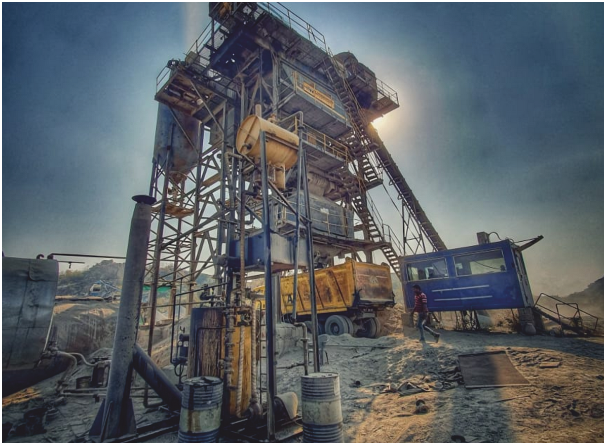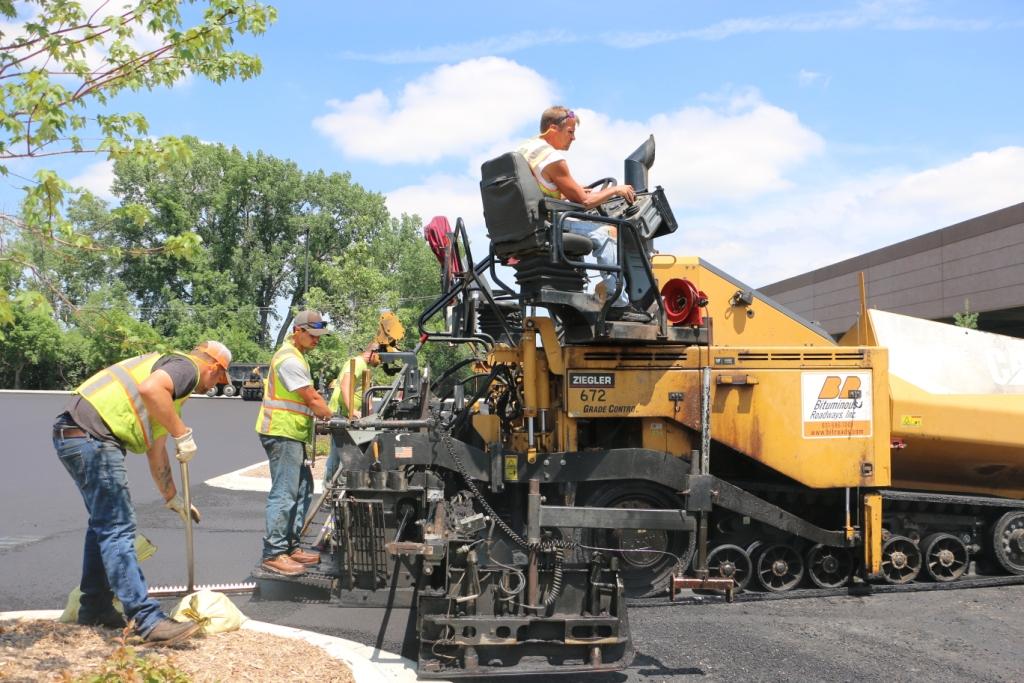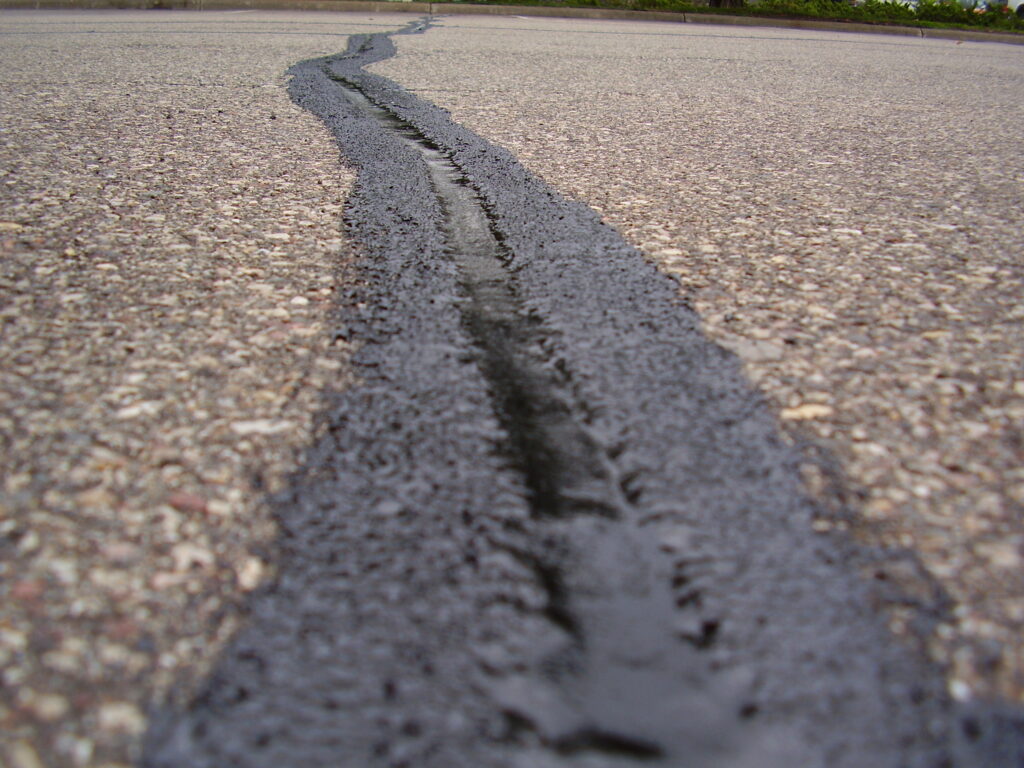Major Maintenance Of Highways

Major Maintenance Of Highways
Routine maintenance and repair works are essential for ensuring the optimal performance, safety, and longevity of equipment, systems, and infrastructure. These activities involve regular checks, preventive measures, and corrective actions to address wear and tear, prevent breakdowns, and maintain operational efficiency.


Major Maintenance Of Highways
Laying of Pavement layers
Laying pavement layers is a critical aspect of road construction and maintenance, ensuring that roads are durable, safe, and functional. The process involves several stages and materials, each contributing to the overall strength and longevity of the pavement.


Pavement Preservation Microsurfacing | Slurry seal | Cold Mix
Pavement preservation techniques such as microsurfacing, slurry seal, and cold mix are used to maintain and extend the lifespan of road surfaces. Each method addresses different types of pavement issues and provides varying levels of protection and repair.
Bituminous works
Bituminous works are essential in road construction and maintenance, involving the use of bituminous materials like asphalt to create, repair, and maintain road surfaces. Bituminous materials are derived from petroleum and are known for their durability, flexibility, and ability to bind aggregates together.


Thermoplastic Road marking works
Thermoplastic road marking is a popular method used for applying road markings due to its durability, visibility, and effectiveness in improving road safety. It involves using a thermoplastic material that is heated to a liquid state, applied to the road surface, and then allowed to cool and solidify.
Concrete/Earthen Drain repair works
Concrete and earthen drains are crucial components in road construction and maintenance for effective stormwater management. They help manage surface runoff, prevent flooding, and protect the integrity of road structures.


Crack sealing
Crack sealing is a vital maintenance technique used to extend the life of pavement surfaces, such as roads, parking lots, and driveways. It involves applying a sealant to cracks in asphalt or concrete pavements to prevent water infiltration, reduce the potential for further damage, and maintain the structural integrity of the surface.
Approach Us
- Alampuram,West Godavari District
- (+91) 82977 71269
- info@tbrinfra.com
